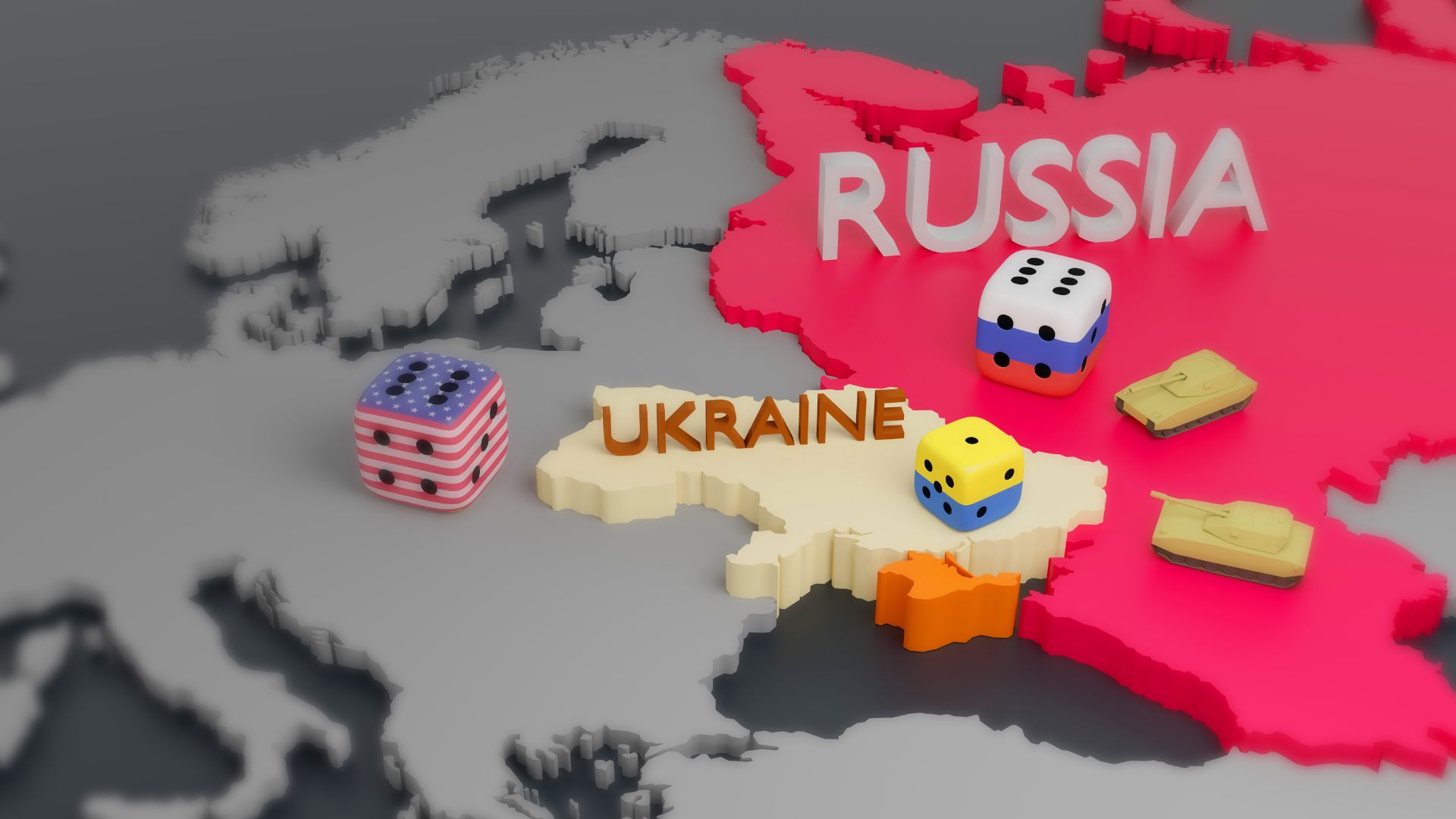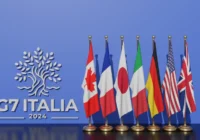After Russia invaded Ukraine in February 2022, the United States quickly moved to support the government in Kyiv. With Joe Biden in the White House, having replaced someone who made no effort to conceal his admiration for Russian President Vladimir Putin, this US support was no surprise. Prior to the invasion, the Biden administration had been warning Ukrainian President Volodymyr Zelensky publicly for a month and privately for several months of the likelihood of an intervention. It had helped Ukraine bolster its defense with $400 million in military aid in 2021, on top of the $2 billion provided between 2014 and 2020. After Russia invaded, that figure skyrocketed to over $31 billion (plus more than twice that amount in non-military assistance).
US support for Ukraine over the last year has not been confined to military hardware. The Biden administration has led a global campaign to: condemn Russia; levy both multilateral and unilateral sanctions against the Kremlin and its domestic supporters; persuade allies to provide military and economic assistance of their own; strengthen NATO and usher in new NATO members; and mobilize energy supplies for Europe to substitute for Russian imports.
Despite this broad-based effort to defend Ukraine, the United States has nonetheless displayed a certain degree of caution. It has drawn the line at committing US forces to the battlefield, aside from a handful of Special Forces. It has refused to support a no-fly zone over the country, and it has not sent surveillance planes over the Black Sea for fear of engaging Russian forces. It has hesitated to supply Kyiv with every weapon system on its wish list, whether fighter jets or long-range missiles. This caution reflects in particular the anxieties of the Pentagon—a risk-averse institution—about provoking an escalation of the conflict both horizontally (into adjoining countries) and vertically (involving non-conventional weapons like tactical nuclear devices).
A Fine and Tricky Balance
The Biden administration has calibrated this balance between military assistance and geopolitical caution within a rapidly changing global context. Russia’s actions have divided the world into three blocs: illiberal supporters of the Kremlin and its imperial policy, the largely democratic club of nations who directly support Ukraine, and the much larger group of fence-sitters who generally acknowledge that the invasion was a violation of international law but are reluctant to break with Moscow.
The United States has tried to turn these divisions into assets by expanding ties with allies, isolating Russia’s few supporters, and pushing the fence-sitters away from the Kremlin. The skepticism that Donald Trump brought to the trans-Atlantic relationship, with his threats to withdraw the United States from NATO, has been decisively reversed. All talk of a “strategic reset” of relations with Russia, which was popular during the Obama years and seemed again possible under Trump, has disappeared. The Biden administration has warned China—and other countries—not to supply Russia with weapons or violate technology bans.
Russia’s invasion of Ukraine has not fundamentally altered US national interests, but it has shifted the means by which Washington pursues those interests.
Certain things remain unclear, however, about US policy. For instance, to what degree is the United States committed to weakening Russia further by supporting either a successful Ukrainian counteroffensive or a prolonged war of attrition? Or is the United States eager to push for negotiations between the aggressor and the victim to resolve a conflict that distracts attention from other strategic US priorities, primarily the containment of China? How long can the Biden administration maintain the flow of military aid to Ukraine, given a divided Congress and weakening public support? What role can the United States play in advancing a just peace in Ukraine? What plans does the United States have for transatlantic relations after the war is over, and in what way does Russia fit into those plans?
What Lies Ahead?
This moment for east-west relations is bleak. The war rages on in Ukraine. Arms control is a dead issue. A cold war threatens to descend upon the larger world order. The “peace” that is discussed in foreign policy circles in the West often comes with several asterisks: loss of territory and a fragile state for Ukraine, lack of prosecution of war crimes for Russia, few guarantees that the conflict will not resume after a strategic pause. This kind of “peace” was secured under the Minsk agreements following Russia’s military interventions in Ukraine in 2014. Ukraine, quite sensibly, fears a “Minsk 3” that effectively rewards the Kremlin for its aggression.
The United States will play a pivotal role in determining this outcome through its mix of military assistance and diplomatic leverage. For now, the Biden administration seems to believe that a relatively low-cost and low-risk commitment will enable Ukraine to achieve the same results that Croatia secured in 1995. If Ukraine fails to do so in the first half of 2023, the Biden administration will have to decide whether to maintain this approach, dramatically increase assistance, or push for a “diplomatic endgame.” There isn’t likely political support now for the second option, given Republican control of Congress. Nor is there sufficient support within the administration to pressure Ukraine to abandon its territorial ambitions. So, unless the Ukrainian government itself decides that it is time to negotiate, the United States will continue with the current status quo approach.
For the time being, then, the Biden administration supports a “just peace” in Ukraine that would give victory to the victim and punishment to the aggressor. But this approach is highly contingent on what happens on the ground in Ukraine and what happens in American politics. Even though they have both benefited from the way the war has squeezed Russia, the United States and China will not let the conflict go on indefinitely. In the interim, however, a relatively weak country that gave up its nuclear weapons three decades ago continues to buck the geopolitical odds by beating back a nuclear superpower bent on expanding its empire. That, in itself, is a win for international law and points toward a more just world order.
[FPIF published this piece, which was originally published in the Institute for Policy Studies.]
The views expressed in this article are the author’s own and do not necessarily reflect Fair Observer’s editorial policy.
Support Fair Observer
We rely on your support for our independence, diversity and quality.
For more than 10 years, Fair Observer has been free, fair and independent. No billionaire owns us, no advertisers control us. We are a reader-supported nonprofit. Unlike many other publications, we keep our content free for readers regardless of where they live or whether they can afford to pay. We have no paywalls and no ads.
In the post-truth era of fake news, echo chambers and filter bubbles, we publish a plurality of perspectives from around the world. Anyone can publish with us, but everyone goes through a rigorous editorial process. So, you get fact-checked, well-reasoned content instead of noise.
We publish 2,500+ voices from 90+ countries. We also conduct education and training programs
on subjects ranging from digital media and journalism to writing and critical thinking. This
doesn’t come cheap. Servers, editors, trainers and web developers cost
money.
Please consider supporting us on a regular basis as a recurring donor or a
sustaining member.
Will you support FO’s journalism?
We rely on your support for our independence, diversity and quality.







Comment